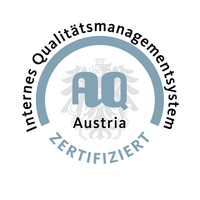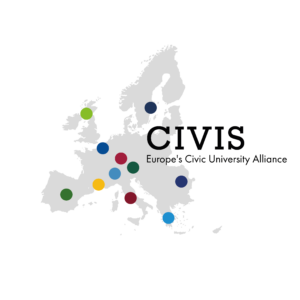
Todays pharmaceutical drug development is increasingly focusing on complex, naturally inspired, macromolecular drugs and biologics such as therapeutic RNA, proteins, antibodies, or chimeric protein-degraders. These substance classes are revolutionising the drug discovery and development process by making many orphan targets and indications drugable. Due to the poor cell and tissue penetration and unfavourable biodistribution of many of these modern pharmaceutical classes, there is an increasing need for effective, safe and targeted drug delivery technologies.
Exosomes are naturally occurring extracellular nanovesicles (EV) that are being secreted by all cells, in all kingdoms of life. They play an essential role in cellular communication and modulate fate and function of their recipient cells by functional transfer of macromolecules across cellular and tissue barriers. In contrast to most synthetic delivery vehicles, exosomes are actively recruited by recipient cells through their filopodia and effectively internalised into plasma membrane derived endosomes, with quantitative and qualitative reminiscence of viruses and other highly infective pathogens (Heusermann W et al, JCB 2016). Within cells they shuttle as intact vesicles within endosomes that are directed to scan along the endoplasmatic reticulum in a stop-and-go movement before being targeted to the lysosomal compartment for degradation. Exosomes are now considered as evolutionarily optimised, highly effective nanotransporters of macromolecules across biological barriers, targeted from donor to recipient cells and composed by a repertoire of proteins, lipids and nucleic acids dependent of the dynamic state of their parent cells. Therefore, their biology bears immense potential for biomedical applications of the future, ranging from non-invasive diagnostics and biomarkers to cell-free cell-therapy and biomimetic drug delivery. However, a translation of their powerful biology towards clinical applications and ultimately pharmaceutical development is facing limitations due to our lack of understanding of their underlying molecular, cellular and physiological mechanisms as well as the available analytical capabilities to monitor these heterogeneous and complex biological species.
In our group we are focussing on:
- elucidating fundamental mechanisms in EV biogenesis, transport and their interactions with recipient cells using quantitative molecular imaging and chemical biology
- investigating fundamental mechanisms and pathways shared between exosomes and viruses in their uptake, trafficking and metabolism in host cells
- developing analytical methods for monitoring extracellular vesicles at the single vesicle – single molecule level
- establishing novel strategies for isolation and engineering of (edible) EVs from different sources and species including dairy products, honey, fruits, beer and eggs
- developing prototypes for EV-based oral drug delivery applications
- development of antiviral exosomes as therapeutic platform for future pandemic preparedness




